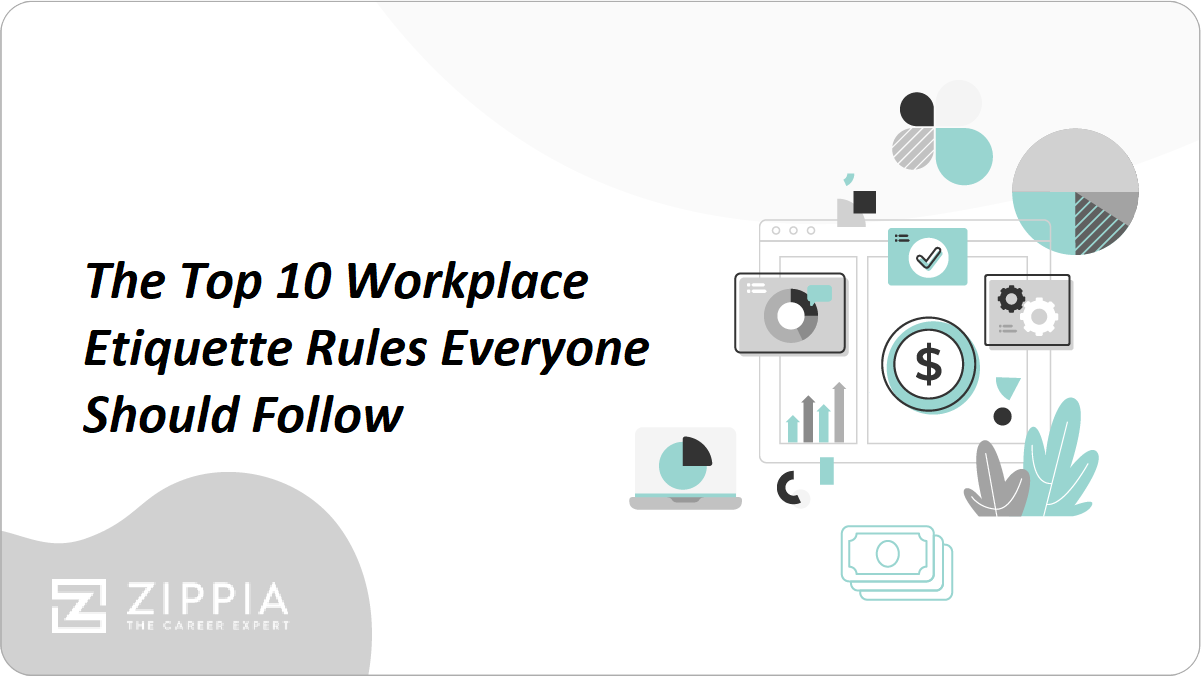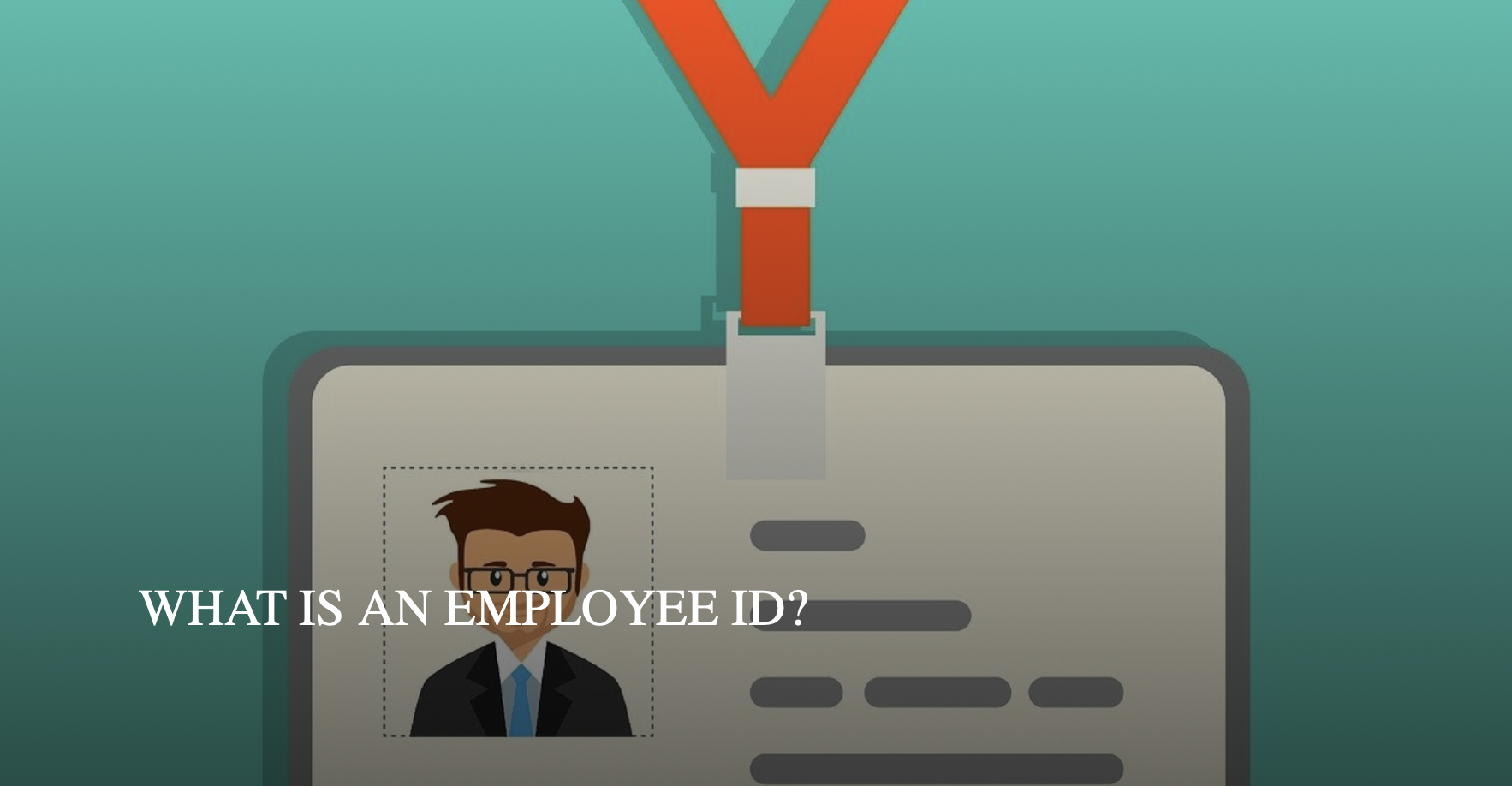Having etiquette rules at your workplace is essential if you want to foster a professional and civilized environment for anyone who interacts with your company.
Business etiquette is a set of standards on how to conduct yourself around colleagues, potential business partners and clients. Essentially, it boils down to treating others with respect, being mindful of everyone present and being polite in general.
Etiquette can either be upheld in person or more increasingly, online via email or even video conferencing. Adhering to a strong set of etiquette rules will ensure that your company maintains a strong reputation externally and it also minimizes the possibility of conflict internally. Here are the top workplace etiquette rules that everyone should follow:
Key Takeaways:
-
Start off with a good impression by dressing appropriately and using a professional greeting when you meet someone.
- Maintain a positive environment by being respectful of everyone’s time and space in the workplace.
Don’t let etiquette slip just because your interactions with team members are online, be just as professional in emails as you are in the office.

The Importance of Workplace Etiquette
Business or workplace etiquette rules apply to whoever you are interacting with in your professional life. This could be with your colleagues, employees, or customers. Having good workplace etiquette helps establish strong professional relationships and build a collaborate work environment.
Developing and improving your workplace etiquette can be done through daily practices, self-introspection, and taking inspiration from others.
-
Make a good first impression. When you first meet someone professionally, you should always stand and shake their hand with a smile, maintaining eye contact. People who don’t make eye contact can be viewed as rude, dishonest or unconfident, which are definitely traits you don’t want to be attributed to you.
Many awkward situations arise in the workplace when names are forgotten, so always make sure to give your first and last name when first introducing yourself, especially if you have a common first name. If you aren’t quite sure how to pronounce someone else’s name, the best thing to do is to ask them from the outset if you’re saying it correctly, otherwise, this could cause offence further down the line.
When there are a number of people in the same room that haven’t been introduced yet, it’s important you introduce them as quickly as possible, otherwise, they’ll be feeling rather uncomfortable shuffling their feet, a feeling which gets exponentially worse and more difficult to address the longer you wait.
-
Greet everyone. To make the work environment a more friendly place, you should always greet anyone that you pass by, even if its with a smile or a nod, as this builds rapport and facilitates communication. Complimenting your coworkers on their work rather than their appearance or simply engaging in friendly conversation are two great ways to break the ice and keep the atmosphere cordial.
Make sure you greet everyone instead of picking and choosing who you greet. Doing that may result in coworkers feeling left out and have resentment toward you, causing workplace tension. It’s best to greet everyone, even with a smile or nod, no matter if you like the person or not.
-
Follow dress code. Your clothing and how you appear to others is actually an integral form of nonverbal communication that people use to assess your professionalism.
Even if many companies are more relaxed with dress codes than they used to be, you should still make the effort to come into work smartly dressed, as it reflects well on the company when their employees are looking sharp. Even if the dress code is ‘casual’, ensure your clothes are clean and well maintained and aren’t emblazoned with any logos or messaging that might cause offence.
Sometimes it may be slightly unclear what the dress code is for certain business events or meetings, so you may have to do your due diligence, so speak to colleagues or have a look at the company/event blog to see how your counterparts tend to dress.
As a general rule, it’s better to be overdressed than underdressed. If you’re meeting and greeting a tie and jacket can always be removed for a more casual look. If you’re unsure of what dress code would be suitable, the safest bet would be to opt for classic business dress with colors such as black, blue, grey or white.
-
Put down your phone. While it’s true that a lot of productivity can be achieved via smartphones these days, the amount of time spent on phones needs to be regulated, as excessive phone use can definitely come across as rude or disrespectful.
During meetings, phones should all be kept on silent and out of sight at all times, as you should be fully engaged in the conversation. Similarly, browsing through your phone or even checking it is often received badly when interacting with customers, so the best thing to do is wait until you are on a break.
-
Arrive on time. Always being on time for work or for meetings show that you are respectful of everyone else’s time. Timely arrivals tend to tell a lot about your behavior, manners, and your work ethic. Being late all the time can show managers that you don’t have the proper time management skills for the job and it can be viewed as disrespectful from other coworkers who have to cover for you or make up your work.
-
Don’t interrupt. A big pet-peeve of some is when others interrupt them. Try to wait until there is a break in what someone is saying before you start talking. It’s also important to understand the difference between speaking up and interrupting others. Practice this in any interaction to understand when it is time to talk and when it is time to listen.
If you are in an argument with someone, avoid raising your voice and yelling at them. Wait and hear what they have to say, and try to understand what they are saying. This is a great way to show constructive communication and your coworkers and employees will appreciate it.
-
Double check emails. You must always maintain high standards of professionalism when you communicate with people online, perhaps more so than in person, because the only perception they have of you is through email.
This means that you must proof read every single email for spelling or grammatical errors before you send it, as once you put anything out there, you can’t take it back. Just one small mistake is enough to lead to huge mistrust on the receiving end, so having a meticulous eye to detail is very important.
Remember to always include a clear and accurate subject for every email you send out. People receive lots of messages every day and no one wants to second guess what yours is about. If you’re cc’d on an email and it pertains to a group of people, you need to respond to everyone else included, otherwise you can facilitate a breakdown in communication or cause confusion.
Make sure that you take into consideration who you’re actually addressing in your emails by using the appropriate titles, and once you have become more acquainted, you can then start addressing them on a first-name basis.
-
Be respectful. Sharing a workplace with others means that it’s inevitable you’ll engage in conversation and most people enjoy the company of their coworkers. However, you need to be mindful of what kind of topics you talk about at work, and you definitely do not want to bring up personal or relationship issues as this can create a very awkward atmosphere.
Try to talk about light and positive subjects, such as where you plan on going on holiday or what you did on the weekend, as long as it’s not too controversial! You should also never talk about politics or religion, as these two topics are deeply divisive and could potentially cause tension if your views clash.
When engaging in conversation with others in the office, it’s sometimes easy to forget that you’re in a professional setting and that other people are working, so keep your volume as low as possible to prevent disturbances.
-
Keep your space clean. If you’re sharing a workspace with others, you shouldn’t allow clutter and mess to build up as this can cause distractions and annoy your fellow coworkers. In a similar way to how you present yourself, your desk should be clean and organized, otherwise, your colleagues or clients might draw negative conclusions about your efficiency and attention to detail.
-
Table manners Business often extends into meal times, which is why table manners are indispensable if you don’t want to leave a bad impression. Firstly, if you have invited anyone for lunch or dinner, then you should cover the bill.
There are many rules to be aware of when dining with fellow professionals, but some of the fundamentals include; never talking with your mouth full and keeping your phone out of sight at all times. If someone else has invited you for the dinner, try to order something similar to what they have and don’t go for the most expensive meal on the menu.
Dining etiquette can vary greatly from country to country, so if you’re on an overseas trip, you need to be aware of the cultural norms there. For example, in the UAE and other Middle Eastern countries, it’s customary to eat with the right hand, usually with no utensils at all, while in Japan, slurping noodles and soups are actually considered a form of appreciation to the chef.
If your business goes overseas often, then you’ll also have to take into account how etiquette varies from country to country, and even if you get it wrong at times, the fact that you showed you’re making an effort to be polite and respectful won’t go unnoticed.
Etiquette Tips For a Digital Workplace
Reminders for good etiquette in a digital workplace
-
Respond regularly to communications to stay engaged with the rest of your team
-
Be clear and specific in written online communication to keep everyone on the same page
-
Time zones may differ, so respect your coworkers’ schedules by being on time for meetings
-
Use proper spelling and grammar, and depending your workplace, keep slang and emojis to a minimum
-
Avoid sending multiple message for one idea and don’t write your message in capital letters
-
Pick the appropriate method of communication that works best for you and the message
-
Make sure you are muted during video calls and avoid sending private messages that are distracting
-
Remember to dress appropriately if you are in a video call to show your professionalism
- Workplace Policies
- How To Make An Equipment Policy
- Employee Break Laws
- Business Process Management
- Diversity in the Workplace
- Federal Holidays 2023
- Cell Phone Policy
- Attendance Policy
- Dress Code Policy
- Writing a Code of Conduct
- Company Mission Examples
- Putting Values Into Action
- Workplace Etiquette
- How to Reward Employees
- Employee Handbook
- Alternatives To All-hands Meetings
- Workplace Diversity
- Diversity Vs. Inclusion
- How To Outsource HR
- Strategic Planning
- Guide to Remuneration
- Bereavement Leave At Work
- How To Make A Sabbatical Policy
- How To Make A Moonlighting Policy
- How To Make An Open Door Policy
- How To Make A Human Resources Strategy
- How To Make A Vacation Policy
- How To Make A Remote Work Policy
- How To Create A Compensation Plan
- How To Organize Your Desk
- What Is Business Sustainability?
- How To Handle Proprietary Information
- Pets In The Office Policy
- How To Write A Social Media Policy
- How To Write Company Bylaws
- What Is VTO?
- Flexible Work Schedules





